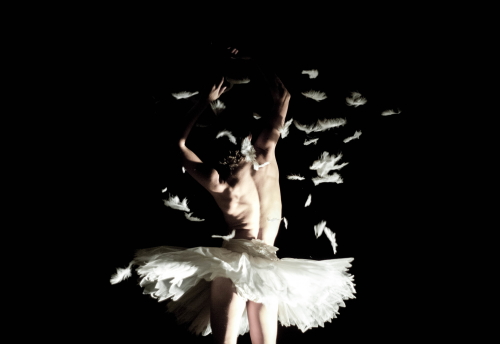
by Rachel Malehorn
When I feel the fall’s first chilly breeze, I know that change is in the air. Nature’s cycle strips leaves from trees, puts scarves on necks, and ripens pumpkins in their patches. Fall also finds the dancers of Milwaukee Ballet back in our studio, home after a long summer lay-off to prepare for our first production, Don Quixote. The process of getting back into the rhythm of daily class and rehearsal has made me reflect on the nature of transition. Some people thrive on change while others balk. In the flow of life, change is inevitable. What interests me is how we as people, and we specifically as dancers, can take advantage of these transitions – to seize any opportunity to grow.
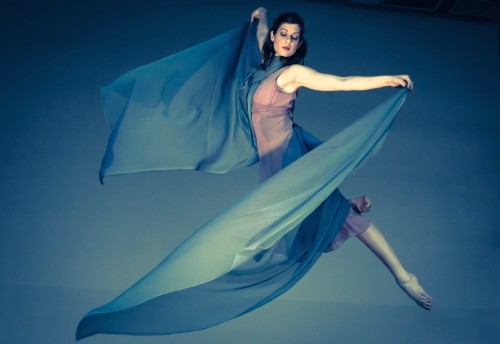
Student to Professional
Of the many transitions I went through moving from student to professional dancer, one of the most challenging and least anticipated was navigating my first summer lay-off. As a student, I had spent my summers attending summer intensive programs, which prepare a young dancer for a professional career. But once I had finally landed my dream job, and had just finished my first year with the Company, how should I spend the summer months?
My first lay-off was very confusing for me: on the one hand, I had freedom! I could do whatever I wanted – I was cut loose from the rigid discipline binding me during the season. But after only a few weeks of this wide-open schedule, I realized that I was basically addicted to routine, and felt disoriented, rudderless, and in need of some kind of structure. Also, 21 weeks is a long time to subsist without income, and without regular ballet classes, getting back in shape was extremely difficult. Ever since that first summer, I have dedicated myself to answering the question: what does a dancer do when she’s not dancing full time?
This can be a difficult question to answer for people who have spent the majority of their childhoods in single-minded dedication to their art form. When I made the transition from student to professional, it became apparent that only I could determine my life outside the studio. I began asking my colleagues what they did during the summer and received many different suggestions. Eventually, I was able to craft my summer into a time for college courses at a local university, summer dance projects like Terpsicorps in Asheville, North Carolina, traveling, yoga, camping, and adding to my photographic portfolio.
Recently, I asked three of my fellow dancers from Milwaukee Ballet what they did this summer, and got some great answers.
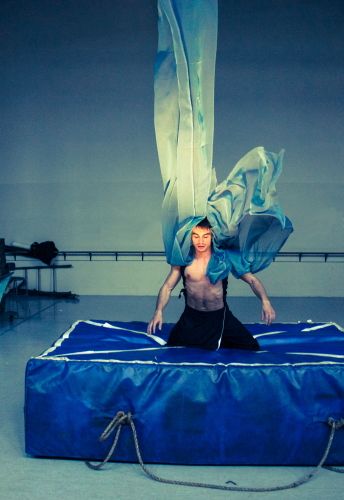
Alana Griffith, who is one of the most recent additions to the Company, had many of the same challenges that I did during my first lay-off. “This summer I went home to LA for three months. I knew I needed to rest my body when I came home. I made appointments for the chiropractor and a massage right away!” But after only two weeks, Alana says that she began to get restless, and a little bit nervous. “I finished my second year with [Milwaukee Ballet’s second company] in the best shape of my life, and I wanted to return to Milwaukee on that same level.” So, she formulated a routine for herself that included running on an elliptical machine, doing Pilates, and sometimes swimming.
Even with these activities, Alana still felt the need to get back into the studio, so she began alternating taking class at her home studio with cross training. No longer a full-time student there, she says, “paying for classes started to get expensive, and I wasn’t making money.” Luckily, her studio needed an instructor and camp counselor for their summer intensive, and Alana was hired. Not only was this a way of making money, it also allowed her to take class with the most advanced level to keep in shape. Following the intensive program, she was invited to participate in a benefit performance, where she danced a pas de deux and a variation. This helped her keep a consistent schedule of class and rehearsal every day. Alana reflects: “When I first got home I had no idea what I was going to do with all the time I had and how I was going to stay in shape, but as the summer went on, things presented themselves. I was very lucky!” What began as a scary unknown, Alana transformed into a time for opportunity and learning.
Valerie Harmon, who has been a member of Milwaukee Ballet since 2008, says, “I started off this summer by getting married!” For Valerie, her husband is the person who has supported her from the very beginning of her career, and who has made it possible for her to come into the studio every day and be the best person she can be – through all the ups and downs of her life at work. “It was such a joy to begin my summer by celebrating that relationship with our families and friends. Because of the wedding, I didn’t even think about dance for a month!” she says with a laugh. After this, it was back to the studio, but slowly. Valerie describes this as a welcome chance to start over with the basic fundamentals of ballet technique. “I’ve also been teaching more this summer than I’ve ever done before, which has inspired me to get back into taking ballet class myself and try some of the tips I had been teaching to my students.”
She describes teaching as a wonderful opportunity to gain another perspective on technique, and something that has been inspiring for her. In addition to teaching, Valerie picks up part-time work with a local caterer, and is enrolled in the Kinesiology Program at the University of Wisconsin-Milwaukee (UWM). She began taking courses five years ago, and her degree is something she knows she can’t finish while she’s dancing because of lab requirements only offered at a certain time of day. But, she says, that’s ok – it’s not a reason to not start a course of study. “Every class I take now is one less class I have to take when I retire!”
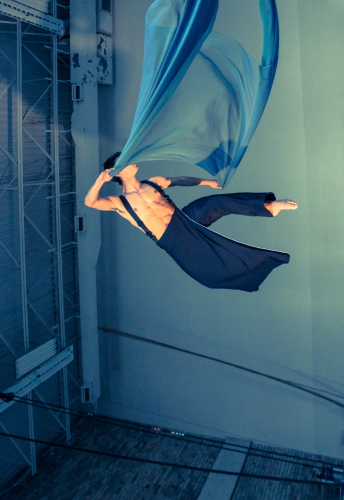
Marc Petrocci, now in his twelfth season with Milwaukee Ballet, describes summer lay-off as “a rare opportunity of self-improvement and discovery that few people outside our profession are ever afforded.” He acknowledges that this process is full of hard work, but is not without rich dividends. Marc further elaborates:
“The manner in which I used these months has changed and evolved throughout my time with Milwaukee Ballet. Early in my career I spent [my time] dancing with summer festivals and pick-up companies. As I progressed through the years, defining my goals for what I wanted my life to be after my career in dance, so too were my summers redefined. They in turn became more focused on my schooling, taking classes at the University of Wisconsin-Milwaukee. Also, at this stage, I started incorporating teaching dance as part of my summer schedule, gaining valuable experience and income to offset expenses. This past summer has in some aspects been my busiest one yet. In addition to going on my honeymoon to Greece, taking academic classes at UWM, supporting my wife in her graduate studies also at UWM, and teaching at North Shore Dance Studio, [I also] run a local 501c3 non-profit alongside two of my colleagues (Rachel Malehorn and my wife Courtney Kramer Petrocci). On top of all of that, I spent quite a bit of time preparing myself for what is likely to be the most challenging, and the most rewarding job I will ever do…being a father. This past summer my wife and I found out the amazing news that we are pregnant with our first child!”
As Alana, Valerie, and Marc have shown, we inevitably are different people than we were at the end of the prior season. If we are smart, we will continue to build upon what we started during our time of summer exploration. If we make the most of this transition time, we will have more skills to draw upon for later, bigger transitions – like the transition all dancers will inevitably go through when they retire from the stage.
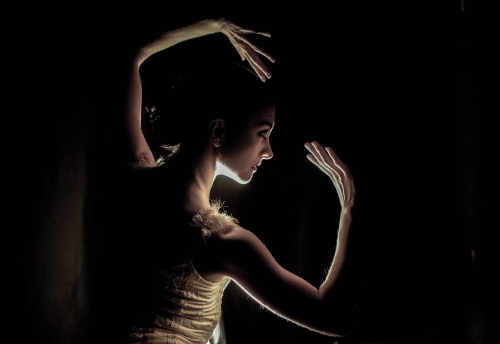
Career Transition
Nine years ago, the dancers of Milwaukee Ballet decided to organize a very special benefit performance. Inspired by the mission of the nationwide Career Transition for Dancers, we created our own Milwaukee Dancers’ Fund and began to hold annual fundraising performances with the eventual goal of distributing grants to dancers who are undertaking career transitions. Just as transitioning from student to professional has its challenges, transitioning away from a career in ballet to a career in another field can be daunting. The goal of the Milwaukee Dancers’ Fund is to help dancers regard this particular transition period as an opportunity to gain a new career, rather than as the loss of their career in dance.
This season, the dancers of Milwaukee Ballet held our annual fundraiser, Behind the Curtain, before our first official day of the season with Milwaukee Ballet. Usually, this performance is held in November or March, during our regular season. But by holding our benefit performance in September, we were able to create yet another positive transition. Not only were the studios and dancers of Milwaukee Ballet more available for rehearsals, we also provided ourselves with an incentive for getting back in shape for the season. Most dancers will say that performing is the reason they love to dance, and the transition back into regular rehearsals can be lots of hard work and no “reward.” But this year, we essentially bribed ourselves to work hard in maintenance classes so that we could be in top form for the benefit.
On another level, this year’s benefit metaphorically mirrored the mission statement of the Milwaukee Dancers’ Fund. At the conclusion of our season in May, the dancers of Milwaukee Ballet transitioned into our summer of pursuing various personal goals – perhaps not even related to ballet – which is precisely the endeavor that the Dancers’ Fund aims to facilitate. But by placing the benefit before the start of our season, this year’s performance actually helped us to transition from our summer selves back into being dancers with the Milwaukee Ballet.
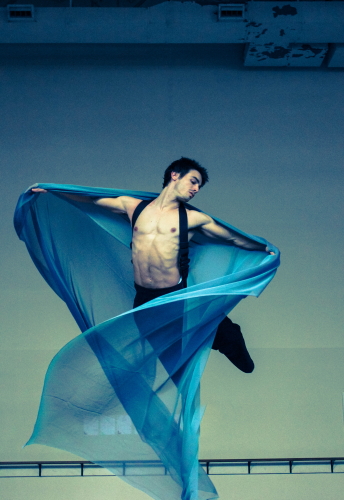
My Photography
On a final note, my personal interest in transitions finds an exciting expression in my photographic projects. For me, photography began to develop as a result of my desire to take advantage of the time I spend outside of the dance studio. I am drawn to the lens because it can capture a specific moment in time and memorialize it forever. When I am shooting dancers, I have two perspectives – position and transition. At times, dance photography focuses on capturing positions. This perspective is important if the goal of my photographic assignment is to portray classical dancers correctly. In this area, I have found that my training as a dancer helps me to know when a dancer will hit the height of her jump or the extension of his line. Also, in choosing and editing photos, I will never select a photograph that does not portray correct classical technique, which dancers themselves appreciate. I put these skills to use last year by helping to photograph Milwaukee Ballet’s season brochure. One of our goals was to take pictures that could still convey a sense of motion. Because dance is time-based, photographs can only freeze one moment in a sequence of movement. It’s a difficult task to translate between one medium and the other, but I’ve found that capturing a transition on film can be the crucial difference between a photograph of a lifeless paper doll of a ballerina, and a living, breathing artist.
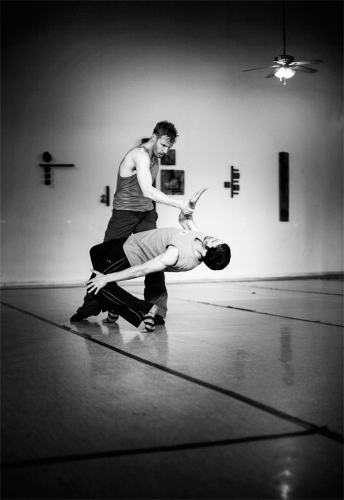
On a personal, artistic level, I love to photograph transitions. In dance, they can be the moment just before a dancer falls out of a position, the moment when she has not only reached her extension, but then pushed beyond it. They can be the tension of muscles, or the unexpected impossibility of an angle of trajectory. Or, they can simply be the moments in between rehearsals, the feelings between two partners during a pas de deux – these are the photographs that I feel capture dance on a more honest level. How much time do we spend in a perfectly balanced arabesque on stage? This is what we work toward, the ultimate goal of our countless hours of training. But we truly reveal ourselves while we’re on our way to achieving that arabesque – and perhaps even after that arabesque has passed. These transitions are the stuff of dance, and dancers who can take advantage of these moments are the ones who stand out in a crowd.
In reality, dance is never simply a series of positions. Dance is transition.
Milwaukee Ballet opens their 2014/15 season with Don Quixote, which will run from October 30th through November 2nd.
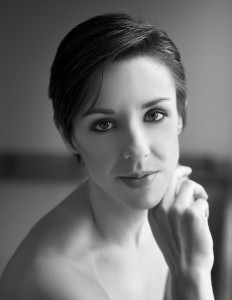
Originally from Pittsburgh, Pennsylvania, Contributor Rachel Malehorn received her formal training at the Pittsburgh Ballet Theatre School and continued on to graduate from the prestigious Nancy Einhorn Milwaukee Ballet II Program.
Since joining the Milwaukee Ballet, Malehorn has enjoyed performing works created by Val Caniparoli, Petr Zahradnícek, Mark Godden, Darrell Grand Moultrie, Jerry Opdenaker, Matthew Neenan and Alejandro Cerrudo. She has also performed as a semi-finalist in Palm Desert for the Dancing Beneath the Stars Competition, participated in the Northwest Professional Dance Project and danced with Texture Contemporary Ballet.
This is Malehorn’s eighth season with the Milwaukee Ballet.





This was a very engaging article! I might be a little prejudiced since Rachel is my granddaughter, but it was very well written and interesting to read about the “other” lives of dancers. Margaret
You are lucky to have such a lovely granddaughter Margaret! Thanks for the comment! We’re very happy to have Rachel with us here at 4dancers.
These photos are amazing Rachel!!